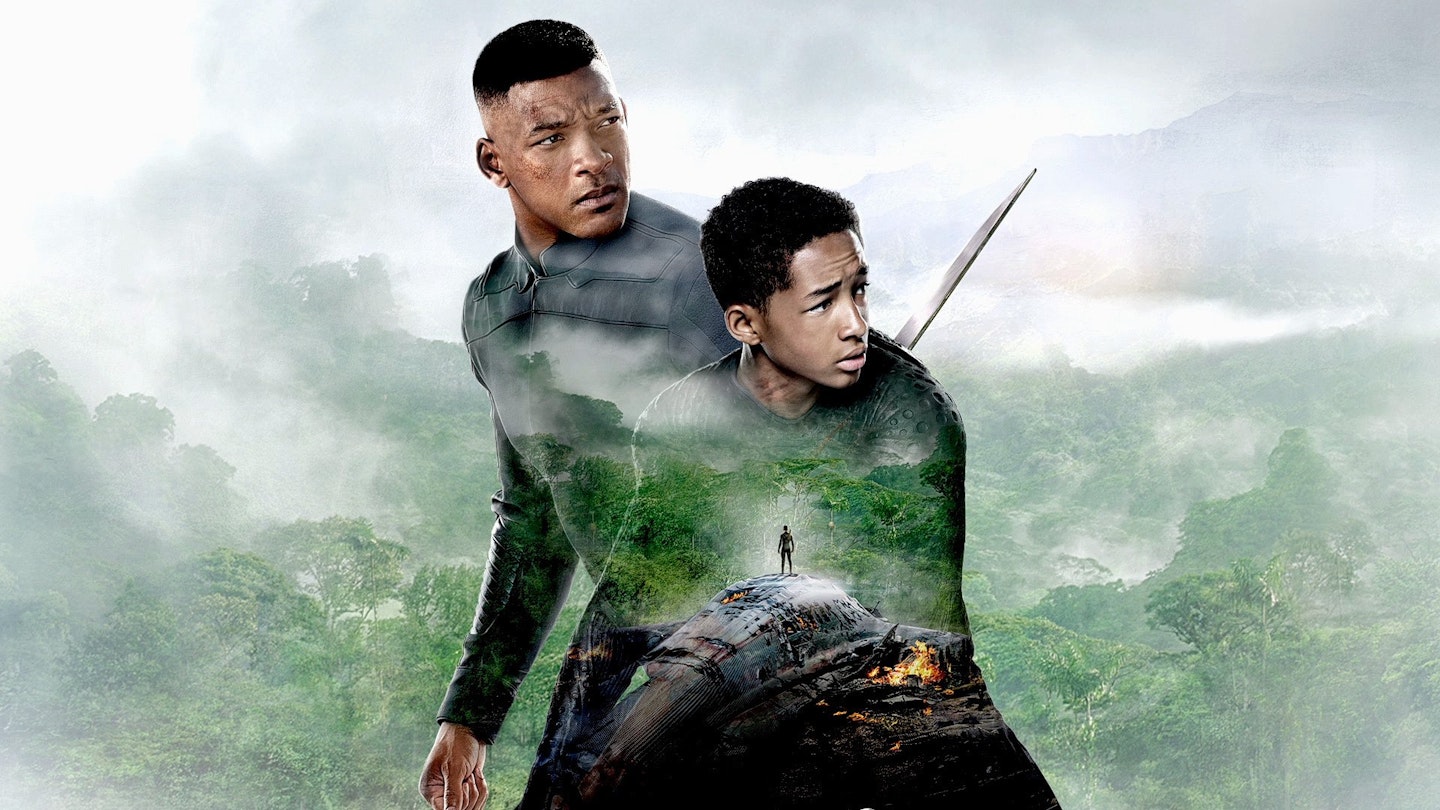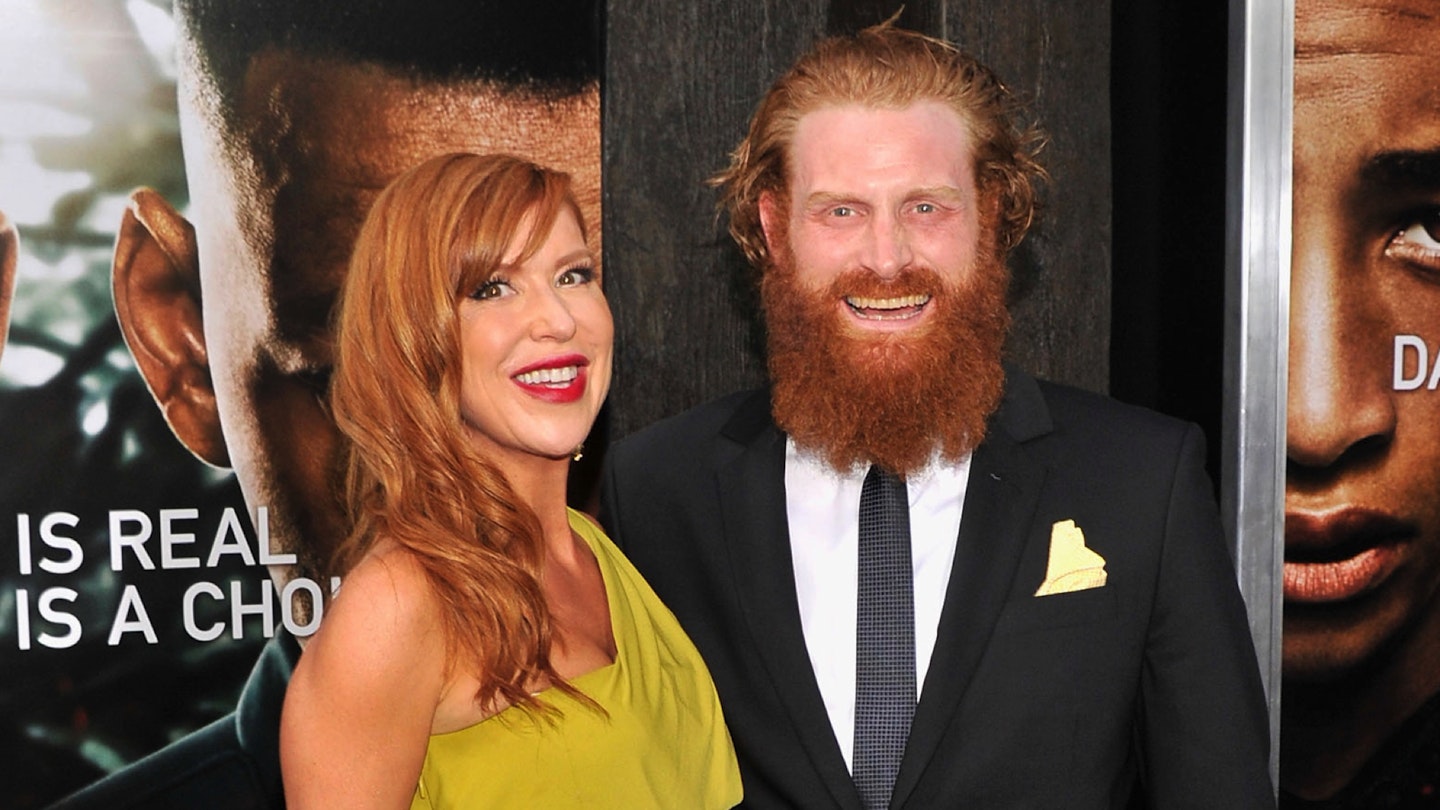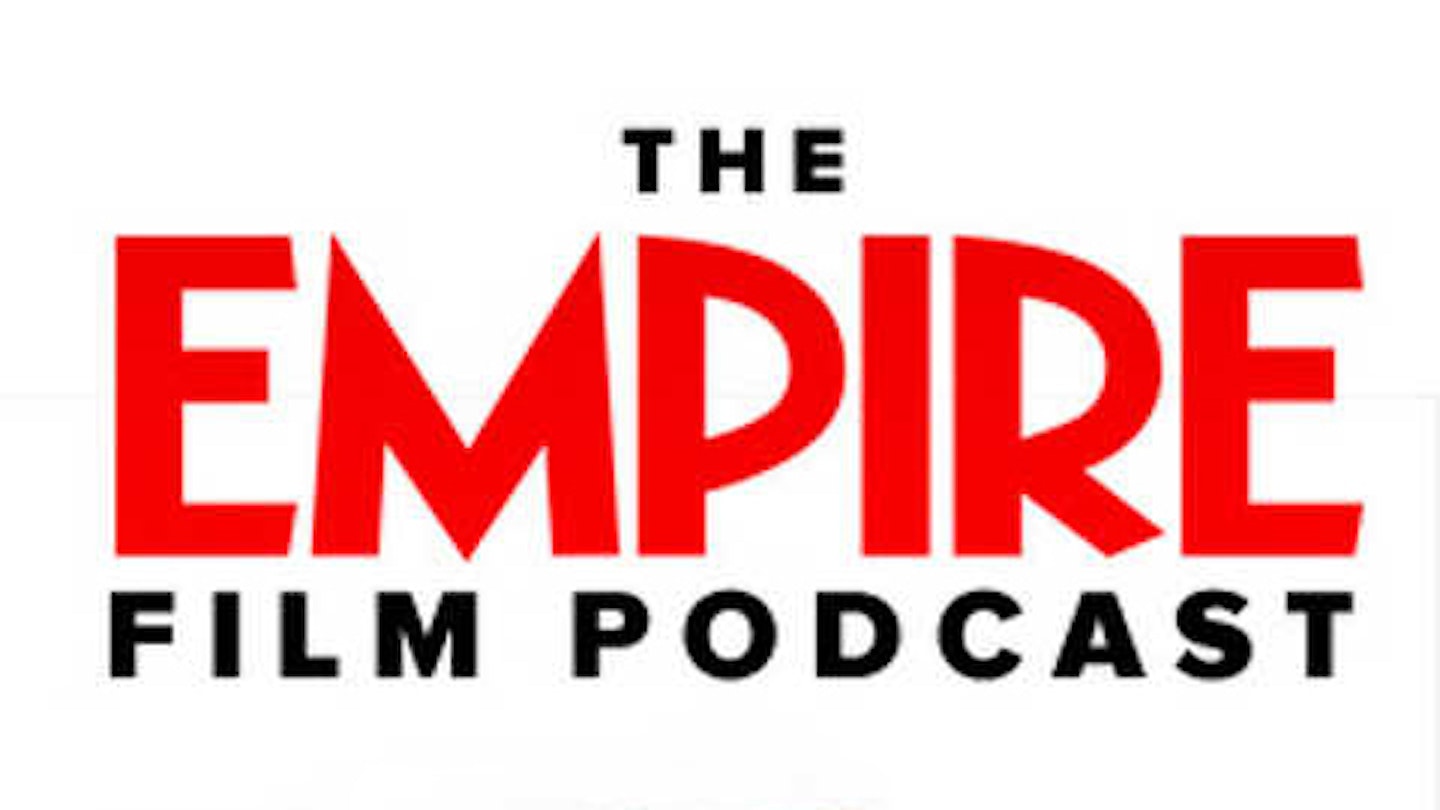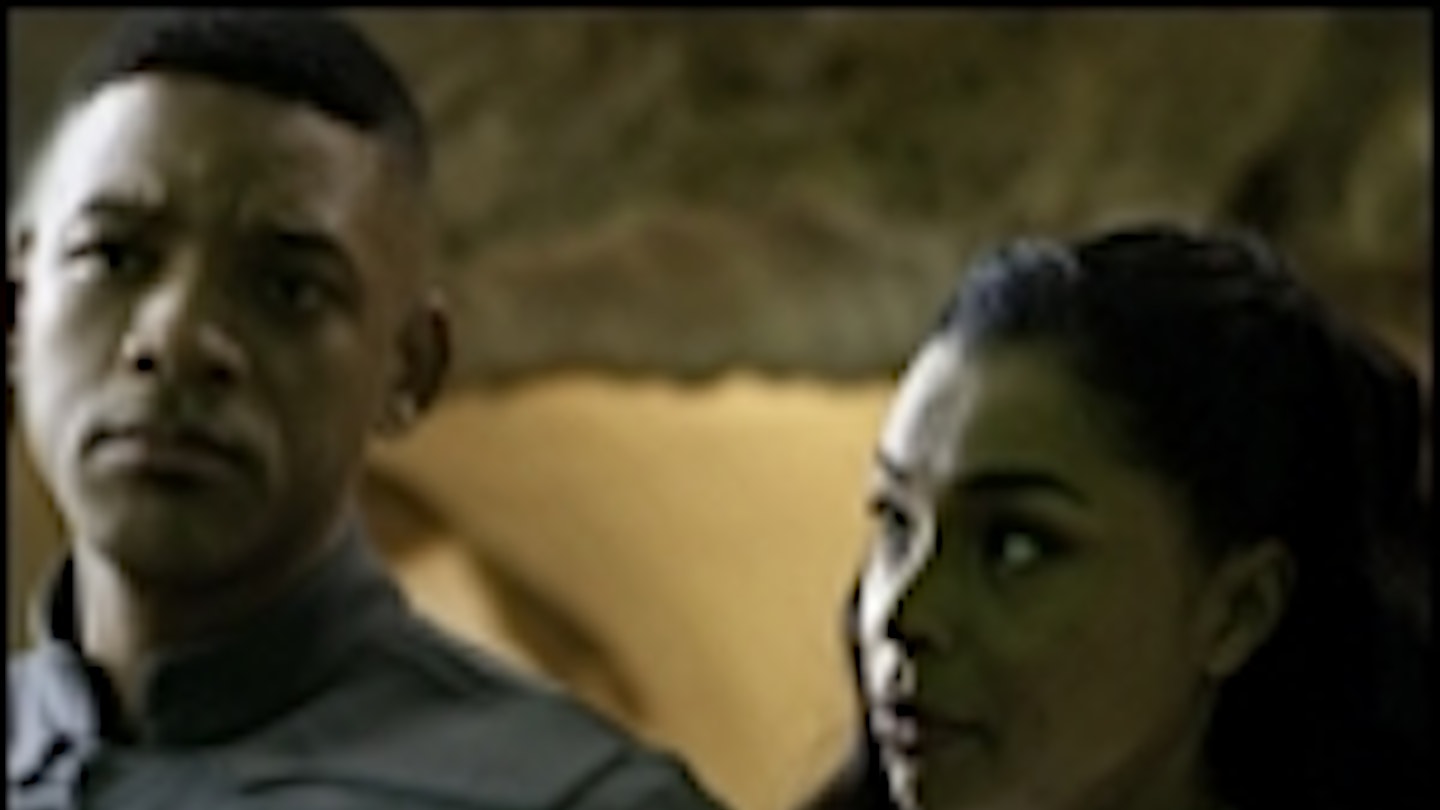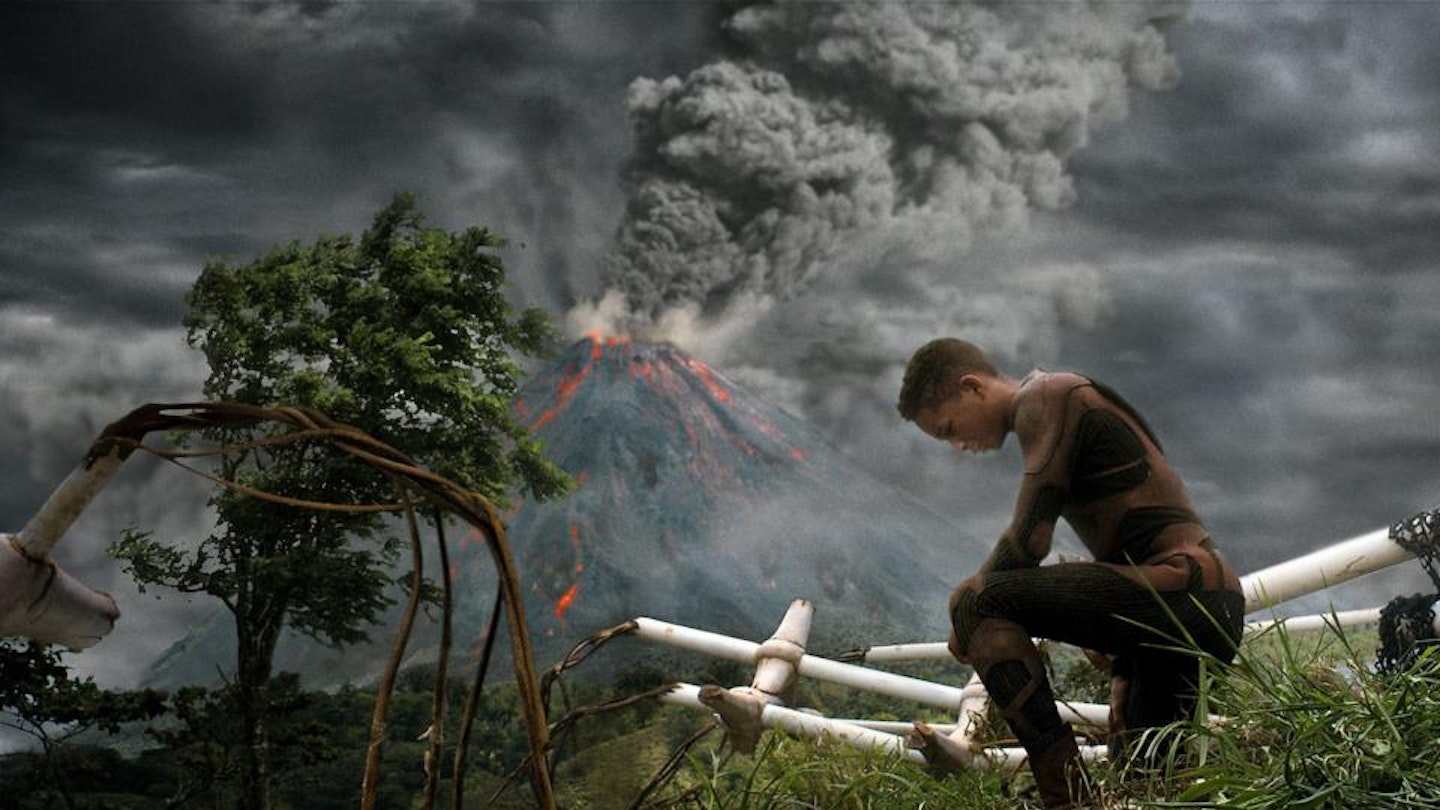This opens with its lead character lying poisoned and alone in a wilderness, then has him narrate a potted history of the last thousand years of humanity – escaping the dying Earth for new worlds and fighting aliens over territory – just to bring the audience up to speed. He stirs briefly… only for a “three days earlier” caption to start the film off all over again, hammering on father-son issues that are inevitable in Hollywood these days and become comically obsessive when Will Smith writes a story just so he can play supporting actor to his own son. Further hampered by speech-balloon lines like “he does not need a commanding officer, he needs a father” and “we are all telling ourselves a story and that day mine changed”, this scripted clunkiness persists throughout. Even perfectly efficient chase and action scenes are interrupted for homilies about conquering fear and being a man.
The further M. Night Shyamalan gets from contemporary Philadelphia, the shakier his grasp of character becomes. His ability to get great work from young actors is strained by sticking Smith Junior with such a glum, whiny brat role. Bizarrely, Kitai never learns not to be a self-centred clod on his hero’s journey, though he does think himself into a super-powered state of fearlessness that wouldn’t be necessary if a far-future military corps hadn’t decided to arm themselves with shapeshifting double-bladed cutlasses rather than, say, guns. Smith Senior stays back at the ship, manfully suffering with two broken legs, issuing instructions and advice – eventually, it seems, by telepathy after Kitai’s net-enabled sleeve conks out. Meanwhile, the crux of the plot is carrying a widget up a volcano in the hope of getting a wifi signal.
Despite all this, and some CGI-evolved animals that aren’t up to Rise Of The Planet Of The Apes standards, there is a great deal to like in After Earth. Shyamalan is a visionary and this is packed with cool science-fiction ideas. The basic premise of the planet shucking off its murderers by evolving to a point when the flora, fauna and weather are lethal to human life is startling. The future tech isn’t like anything you’ve seen before: spaceship interiors that use wood and fabric, and a survival suit that changes colour to blend in with the landscape (and which possesses capabilities revealed only in crises).
Whereas Oblivion and I Am Legend, channelling the original Planet Of The Apes films, go the expected route of presenting present-day landmarks as future ruins, After Earth looks further forward to a time when all of humanity’s structures have vanished under vegetation and the planet is at once Edenic and savage. It’s a gorgeous setting for a Tarzan-type adventure, and it’s a shame all we get is an annoying teenager who’s still ticked off that Dad missed his birthday parties (and guilt-ridden about hiding in a futuristic plant pot while his sister was being killed by a monster). Kitai is so hung up on his own issues that the film struggles to address vaster, more interesting questions about the world raised by the premise.
